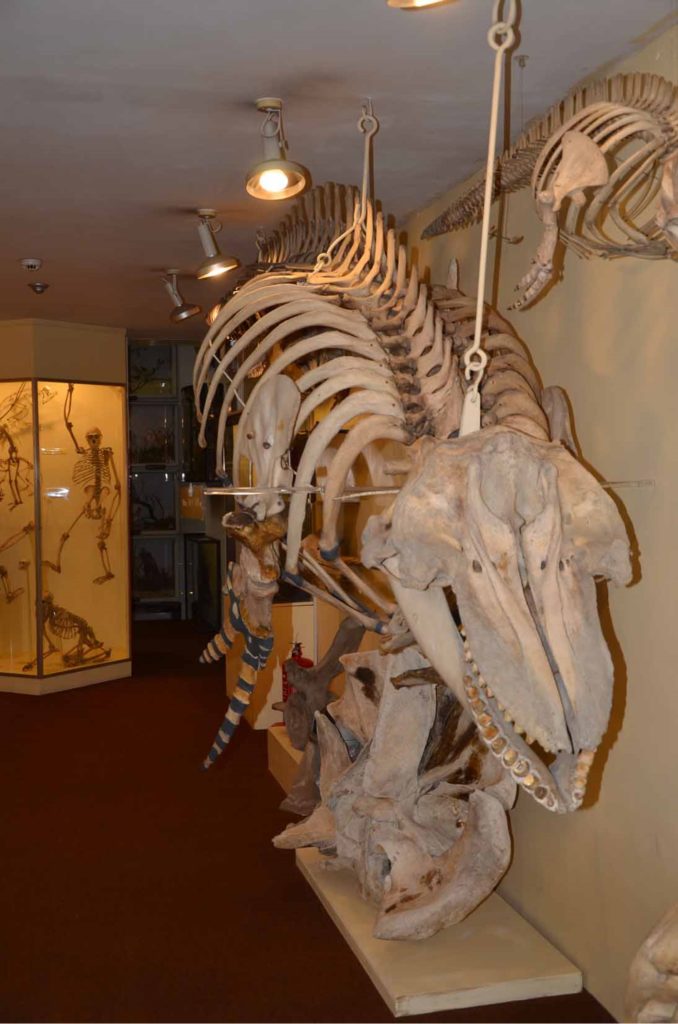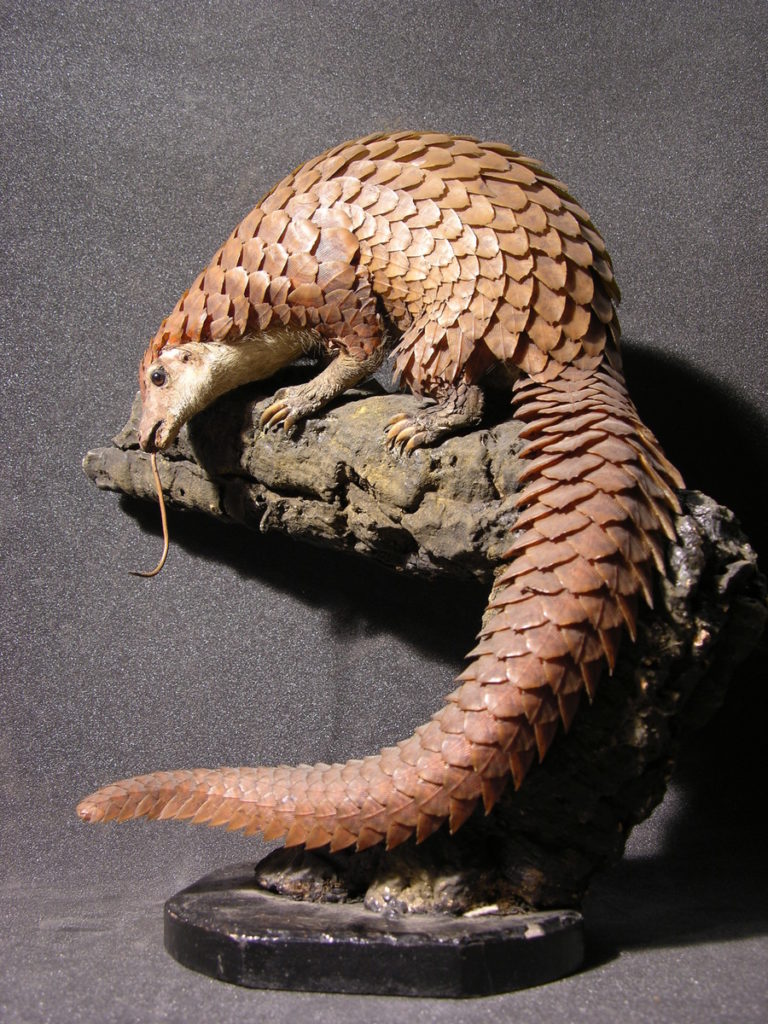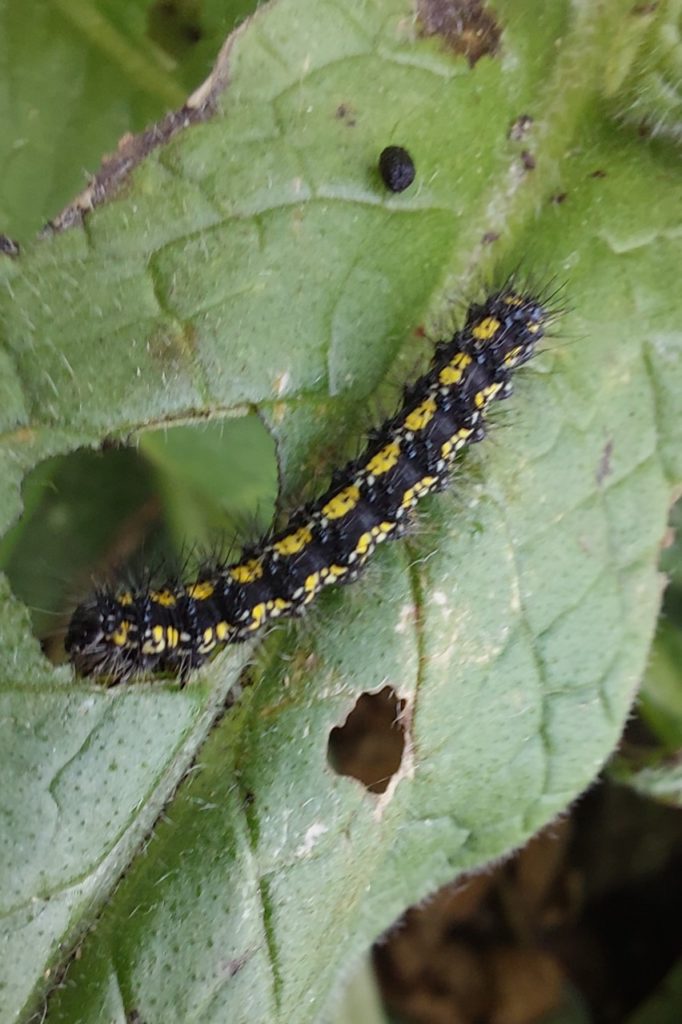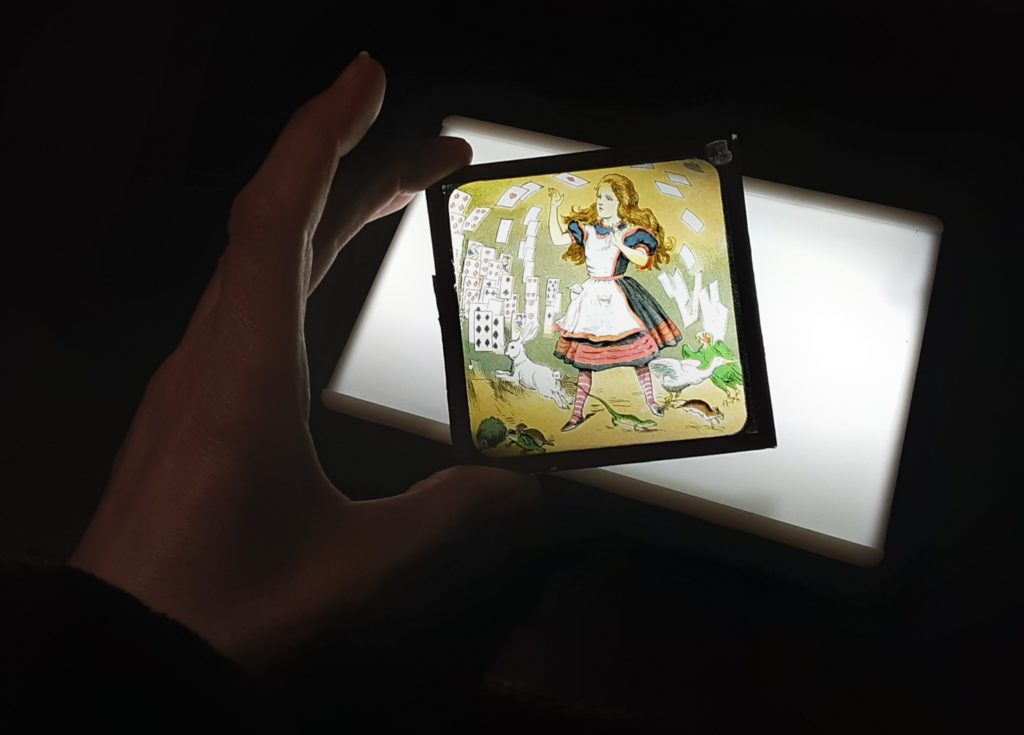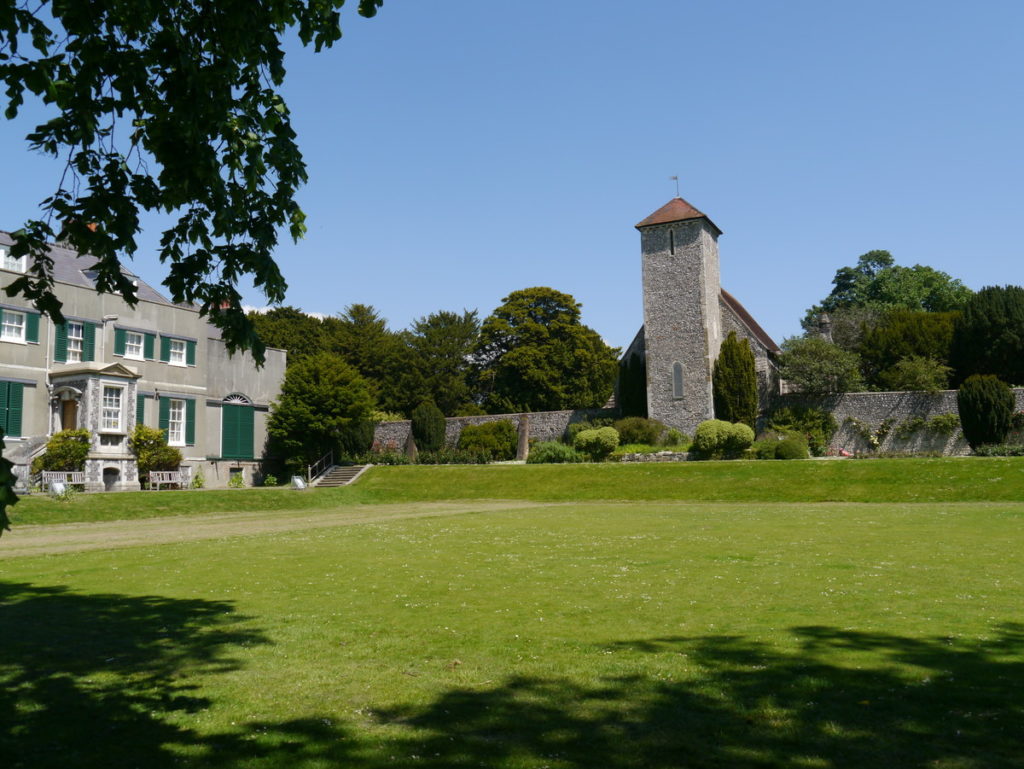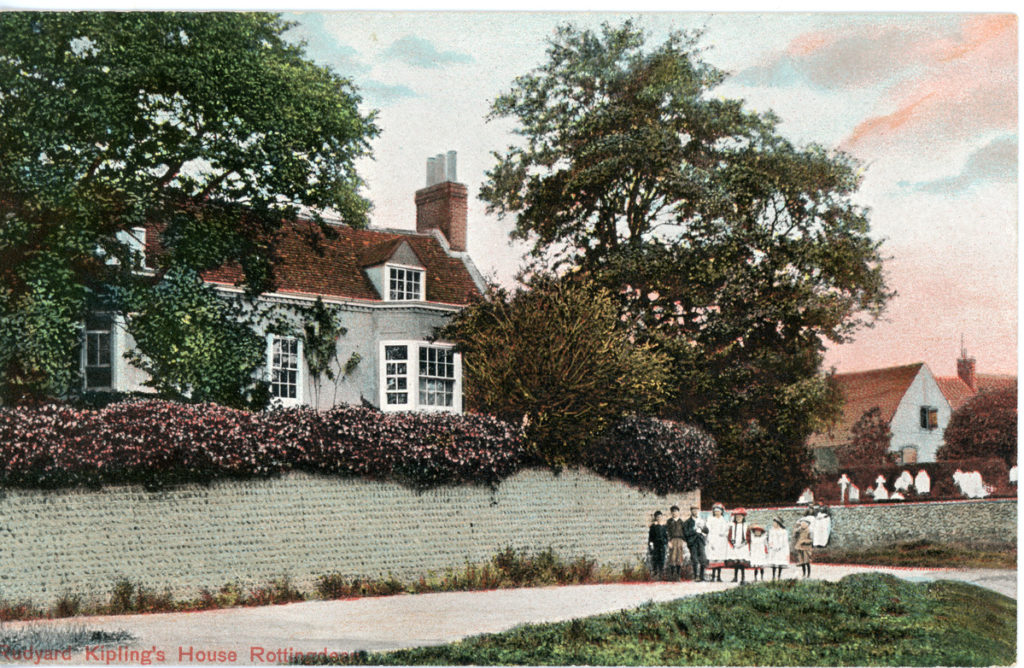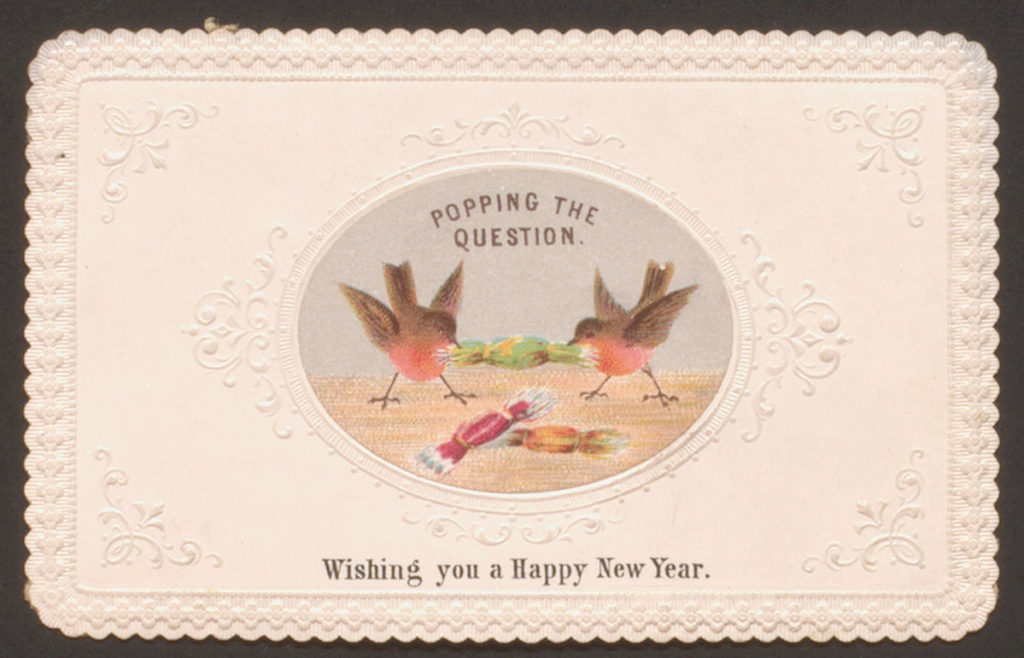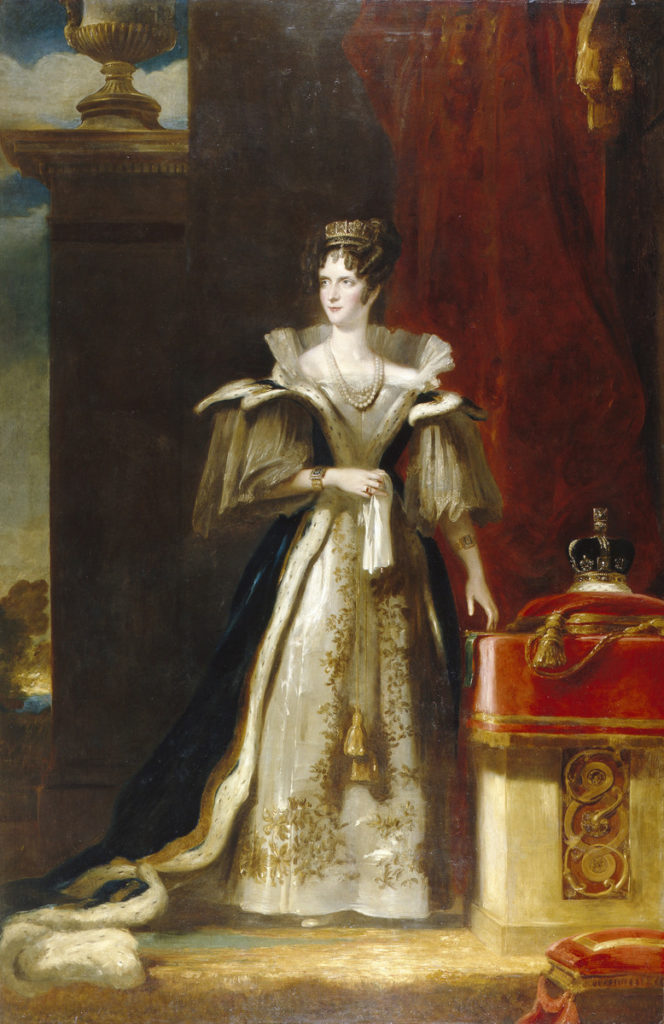Elizabeth Hubbard, a housemaid brushing with fame and horror
Elizabeth Hubbard is a new discovery. She was born in 1868 in Norwood, Surrey. In 1921 she was aged 53 but passing as 50 and still working as a housemaid — a tough job at a time when 50 was considered almost elderly. Little is known of Elizabeth. She was unmarried and left few traces of a life that was certainly humble and unremarkable. However, through her work she brushed against both fame and horror.
In 1911 Elizabeth was employed as a housemaid in the home of widow, Mrs Augusta Ingram born Augusta Kemp of the grand Ovingdean Hall (now a college) near Brighton. Augusta was a cousin of Thomas Read Kemp, the politician and property developer responsible for the Kemptown area of Brighton. Augusta’s brother, Charles Eamer Kemp (sometimes spelt Kempe, 1837-1907) was a famous designer and manufacturer of stained glass, who had apprenticed with Arts & Crafts luminary William Morris. He produced over 4,000 windows and designs for altars, furnishings, lichgates and memorials in churches and major cathedrals such as York and Winchester.
The 1911 census records Elizabeth’s employer as ‘an ‘elderly widow of unknown age.’ She was in fact 86. Fascinatingly, she had been present at one of the bloodiest and most infamous events in the history of British India. Augusta’s first husband, Charles Wade Crump 1825-1857 was a British Lieutenant in the Madras Artillery. He was also a talented artist. Crump was killed in active service at the Siege of Cawnpore, a key episode in the Indian uprisings of 1857, in which Augusta’s life was also endangered.
Crump’s lithograph ‘The Chamber of Blood, Cawnpore, 1857’ can be seen online in the collection of the National Army Museum, London. The image speaks as well as words. Following her husband’s death, and when recovered from shock and a life-threatening fever, Augusta returned from India to Britain and married a land agent, William Ingram, in 1861.
The question arises: did Elizabeth Hubbard know of old Mrs Ingram’s past? The answer cannot be known. It is unlikely as housemaids did not usually have intimate conversations with their employers and knew only that which they saw or heard while going about their duties. Augusta died on 26 July 1914 two days before the start of the First World War. After which time, Elizabeth Hubbard disappears from record until re-appearing at Preston Manor in 1921.
Clara Dellow
Clara Dellow is a new discovery. She was born in 1870 at Buckland near Reigate in Surrey and was aged 50 in 1921. Clara worked as lady’s maid for Ellen Thomas-Stanford, her profession since at least 1901 when she worked at the beautiful Caversfield House in Oxfordshire, now used as a film location. Clara was the daughter of a coachman and one of eight sisters who were (eldest to youngest) Elizabeth, Clara, Rose, Floren, Edith, Alice, Annie, and Ellen. There were also two brothers Frank and George. Clara never married and appears to have surrounded herself with women.
In 1911 she was employed as a lady’s maid in an unconventional household in a manor house similar to Preston Manor, a house now called Park Cottage in Withyham, East Sussex (Grade II Listed in 1982). The household was headed by Miss Muriel Gertrude Elizabeth Harris, whose brother Sir Austen Edward Harris rose to Director of Lloyds Bank. The residents were a group of young people reminiscent of the household in E.M. Forster’s 1910 novel, Howards End.
Gertrude was aged 34 and living ‘by private means’ along with three well-off women friends, Margaret Noel aged 29, Sybill Fawkes aged 24 and Dorothea Moore also 24 with her brother Roland Moore a 23-year-old ship owner. These five young people were looked after by nine young female servants including Clara Dellow, then aged 39 and one footman aged 26. There was no one in the household over the age of 39. Unusually, one of the housemaids was married: 29 year old Jennie Geer had a one-year-old son, Austin Geer, listed on the 1911 census as ‘visitor.’ Jennie was ‘born at sea’ in 1882. Jennie’s husband, Charles Barnham Geer worked in domestic service as a valet.
After 1921 Clara disappears from record until 1938 when the electoral register shows her living with Elizabeth Chandler at 20 Kymberly Rd Harrow on Hill, now the site of a modern shopping mall. In 1939 Clara was living with Louisa Dellow aged 59 a retired domestic nurse at the same address. Clara died on the 3rd June 1948 aged 78, a spinster with probate to Edith Rogers, spinster leaving effects of £393 14s 9d (about £15,000 today)
